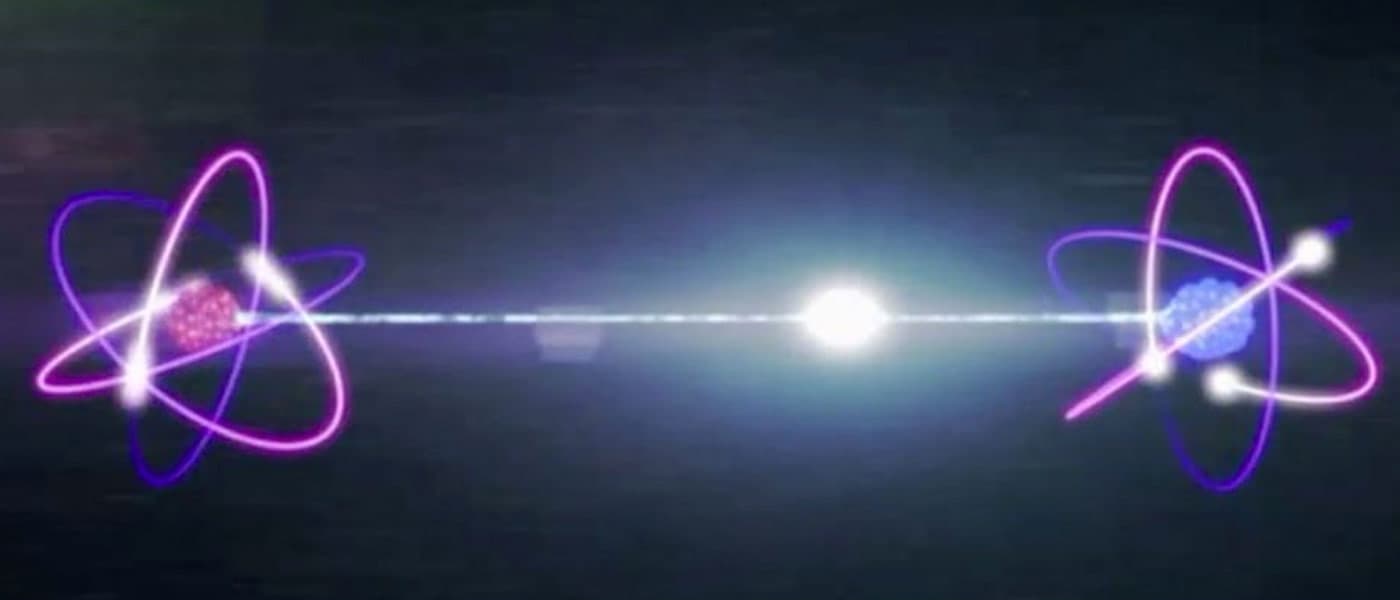Quantum Entanglement
Quantum entanglement is one of the strangest occurrences in the already strange world of quantum physics. Basically, entanglement is the state where quantum particles become so deeply linked that they share what is, in essence, the same existence.
The video below delves into the ins and outs of this phenomenon.
A team from China has been able to perform ten-photon entanglement, and performed it in a way that makes it actually countable.
While ten-photon entanglement is entirely possible, it would only be at a rate of 170 events per year, too few even to measure easily. But the team from the University of Science and Technology of China in Hefei has been able to perform this feat at a much quicker rate.
Quantifying Entanglement
In the study pre-released online in arXiv, the Chinese team detailed the method they used to break the record. Contemporary methods of entanglement produce the phenomenon by splitting photons. Split one photon in a crystal of beta-barium borate, and you get two that have a lower charge and are quantum entangled.
Run these through multiple splitters, and you entangle more photons; however, catching them has always been a problem. You’re only going to be successful in about one in every trillion attempts, and the photons come out of the crystal in slightly different directions that have to be accurately predicted in order to be collected.
To mitigate this problem, the Chinese scientists limited the number of directions that these entangled daughter photons can fly off by controlling the shape of the photon beams. The team has been able to produce entangled photon pairs at the rate of about 10 million per watt of laser power.
This sort of work allows the possibility of boson sampling experiments, which could allow physicists to prove that quantum computers really are capable of things classical computers are not.
Share This Article
